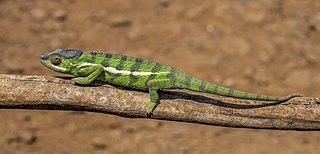This list includes all reptiles currently found in Aegean Islands. It does not include species found only in captivity or those which are extinct. Each species is listed, with its binomial name and notes on its distribution where this is limited.
Contents

Summary of 2006 IUCN Red List categories.
Conservation status - IUCN Red List of Threatened Species:
- EX - Extinct, EW - Extinct in the Wild
- CR - Critically Endangered, EN - Endangered, VU - Vulnerable
- NT - Near Threatened, LC - Least Concern
- DD - Data Deficient, NE - Not Evaluated
- (v. 2013.2, the data is current as of March 5, 2014 [1] )
